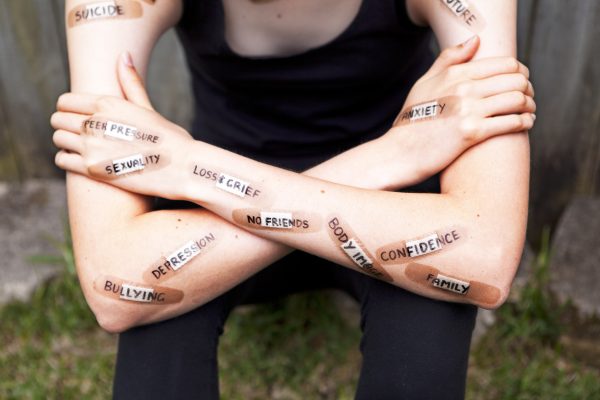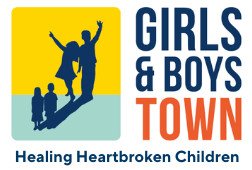- Staff login / Hotline
- 0861 58 58 58
Legal corner: Mental Health Crisis Faced by Youth in South Africa

South African youth continue to face many challenges that impact their mental health. Although policy guidelines are in place, not a lot of emphasis and awareness has been created around the guidelines.
The national Child and Adolescent Mental Health (CAMH) Policy Framework of 2003 was developed to guide the establishment of mental health services for children and adolescents at national, provincial and local levels.
The guidelines adopt a holistic approach in addressing the various risk and protective factors that can affect the mental health of children and adolescents. These causal factors can exist in the physical, emotional and social domains of the human being.
They further call for age-specific and intersectoral interventions in child and adolescent mental health services to reduce the impact of risk factors and to enhance the effects of protective factors.
The guidelines provide an outline of the services required to promote CAMH and address the needs of the 17% to 20% of the population under 18, who would be likely to need professional intervention (including those with intellectual disabilities).
The guidelines are in place yet the burden of mental health problems continues to plague our youth.
The South African Child Gauge annual report highlighted the difficulties that were affecting the mental health of our children. The report says 10% to 20% of South African children will develop a mental disorder and/or a neurodevelopmental disability, and this is merely skimming the surface.
The report indicated that risk factors such as violence and abuse impacted mental health. Nearly one in two children in South Africa (42%) have experienced violence including physical violence (35%) and sexual abuse (35%).
Research has also found that in the immediate aftermath of a violent event, children may experience waves of fear, anxiety, panic and shock; and without appropriate support, these feelings may give rise to post-traumatic stress disorder, depression, substance use and other mental health challenges.
The authors of the South African Child Gauge report also believe that families played a pivotal role in protecting children from harm and helping them cope with stress and adversity.
But they found that poverty and hardship undermine caregivers’ capacity to provide and care for their children, and many families require resources and support.
Many youth that enter the gates of Girls and Boys Town South Africa have faced abuse and violence. They come from broken homes and don’t have access to the love and care that they require to grow physically, emotionally and mentally strong.
Our work at GBTSA has allowed us to provide ground support to vulnerable kids to help them build a better and brighter future. Our social workers and therapists work hard to ensure that youth are able to navigate through their challenges and are supported with their emotional health.
Yet more is needed to ensure that youth receive the all-round care that they require:
Schools need to be equipped with trained staff and services to assist youth with identifying and dealing with mental health priorities.
Mental health awareness and education is needed so that stigma is reduced and youth feel safe to approach a teacher/professional to discuss their challenges.
And most importantly there needs to be an updating of policy and allocation of resources to ensure that specialised child and adolescent mental health facilities and services are fit-for-purpose, available and accessible to all youth across South Africa.
It is with an integrated approach that we can start to tackle this huge crisis. Collaboration across government sectors, education systems and social development is needed to prevent and manage cases.
